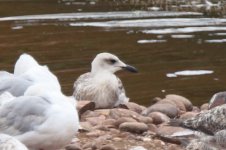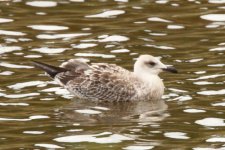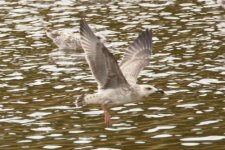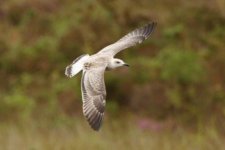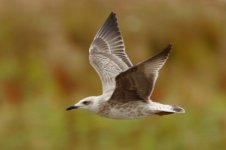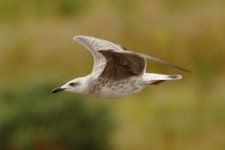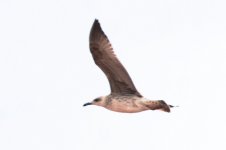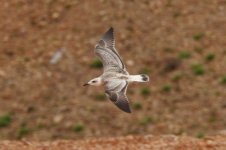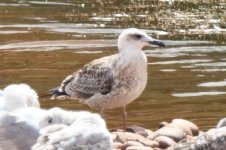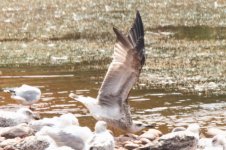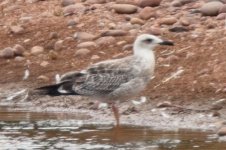Mole1
Well-known member
Please see attached a number of photos of the 1st Winter Gull in Devon that has been identified as Caspian, although it doesn't seem to be clear cut! On site today, someone mentioned to me there were doubts about the id, and having checked my photos when I got home, it seems that this is a YLG.
I commented in the field that the bird didn't appear long legged enough for a CG and did look like YLG at certain angles, but then there were other times when it looked like it had to be CG! Anyway, the underwing doesn't appear to be white enough for CG and there are a few other anomolies which don't fit CG. Is YLG the safest id for this?
Thanks in advance
I commented in the field that the bird didn't appear long legged enough for a CG and did look like YLG at certain angles, but then there were other times when it looked like it had to be CG! Anyway, the underwing doesn't appear to be white enough for CG and there are a few other anomolies which don't fit CG. Is YLG the safest id for this?
Thanks in advance




